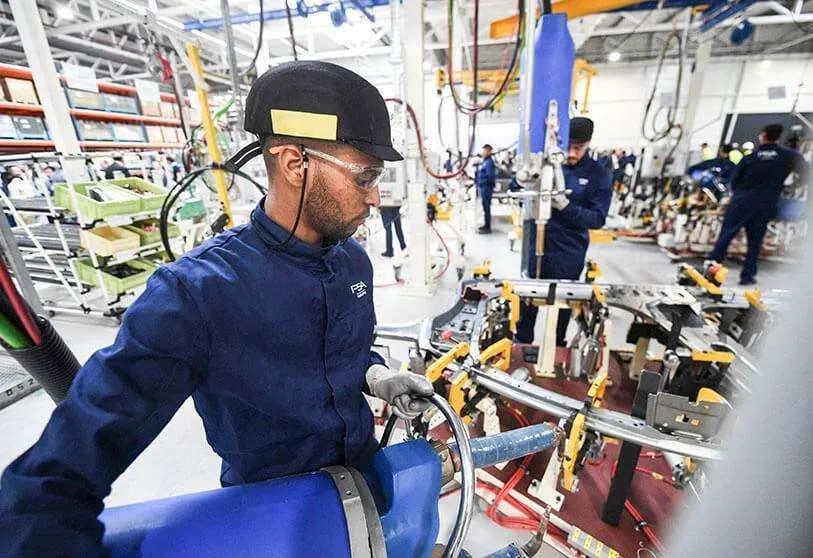La economía nacional marroquí crece un 1,2% en el primer trimestre del año

Morocco has just confirmed very good news for the national economy. Economic experts say that, compared to the first quarter of this year, the Moroccan economy is expected to have grown by 1.2%. This is very good news for the Kingdom's economic system, which, in turn, has been boosted by a 3.3% increase in value added.
This is a concept that refers to the sum total of all salaries, wages, benefits, taxes and other incentives in the country. The Alawi kingdom points out that this year there has been a 12.1% decrease in the territory's agricultural activity. Despite this, and despite being one of the main pillars of the economy, the country has invested heavily in other sectors that have reaped numerous benefits that have resulted in this growth.
Experts predict that the second quarter of 2022 will mirror the first quarter. Growth in non-agricultural activities will start to pick up at a more functional pace as many sectors are already beginning to recover from the effects of the current global situation and the coronavirus pandemic.

The HCP, or High Commission for Planning for short, has revealed in its latest note that the economic growth trend is expected to continue. "Taking into account a 12.9% decline in agricultural value added, the growth of the national economy would be 1.8%, in the second quarter of 2022, instead of 15.2% in the same quarter of 2021," the document states.
Although this is quite good data for the Moroccan economy, compared to last year it means minimal growth. The economic authorities point to the various global conflicts and the situation of the world economy as a key factor in understanding the reasons for these figures.
Firstly, the health situation at the beginning of the year due to the spread of the Omicron variant. This has affected the disruption of global supply chains, and many countries such as Morocco decided to close all contacts to avoid more disasters than those already caused by the virus. In addition, China has closed several factories and ports. The Asian giant is one of the main drivers of the world economy, so it has too much influence on the functioning of the global economy.

Secondly, there are the consequences of the war between Ukraine and Russia. As a direct negative effect of the conflict and the various economic sanctions imposed on Russia, the international prices of energy and some foodstuffs that come mainly from these two places have caused global inflation to rise sharply.
Let us remember that Russia and Ukraine are two potential players in the world economy. Russia is the world's leading exporter of hydrocarbons and oil derivatives. In response to the little international support it is getting, Putin has decided to increase the prices of these resources. On the other hand, Ukraine is one of the main exporters of wheat, a staple food in every kind of society. As it is unable to import, it has had to look for other alternatives, but even so, these are very small and cannot supply as much worldwide.

This has caused Morocco to experience a slowdown in foreign demand. If none of these events had happened, the growth rate would have reached 2.5%. For its part, the volume of domestic exports of goods and services would have grown, and an increase of 29.5% was expected due to the sale of phosphate. On the other hand, other sectors would also have increased, such as aeronautics, which was expected to grow by 61.5%, and textiles, which would have grown by 28.2%.
In the case of imports, there would have been a strengthening of 37% following the increase in purchases of energy products, which then led to an incredible increase in imports. Following this, food and capital goods would have grown by 20.3%.








